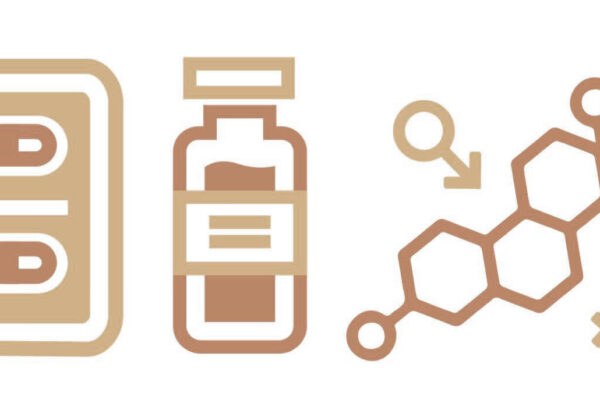A strong, trusting doctor-patient relationship is of the utmost importance for your health care. Here are four signs that you have a doctor who listens to your concerns and is invested in your health:
1. He/She Lets You Talk
85 percent of what a physician knows about a patient’s condition is gleaned from interacting with the patient. Unfortunately, in the United States, the average time doctors spend with their patients is being reduced, and currently sits at about five to ten minutes per visit. This limited interaction forces doctors to rely heavily on physicals and blood work to determine conditions, which increases the chance of misdiagnosis.
I adhere to the belief that, as a doctor, if you give your patient time to talk, they will tell you that is wrong. If you let them talk longer, they will tell you how to treat them. That is why I schedule appointments for forty five minutes, not five to ten.
2. He/She uses a Symptom Sheet
A Symptom Sheet is a checklist that lists various symptoms and a 1-to-3 scale for patients to grade how much they suffer from each. Using this tool allows the physician to understand what the patient is suffering from, where those symptoms might originate from, and how to go about treating them.
3. He/She Tests for All Potential Issues
Patients see doctors because of symptoms, not because they know what is going on inside of them. This makes it the physician’s job to find that out. That is why a doctor who is listening to their patients will allow the symptoms described to inform potential sources of concern, and then do the tests that will check up on those sources.
For each of my patients, I conduct a metrics test to determine the height, weight, and physical condition of my visitors, as well as a blood test. On their own, these tests produce a limited view of the larger picture, but when a doctor is equipped with the knowledge gained by interacting with the patient for a prolonged period, the value of these tests becomes immeasurable.
4. He/She Follows Up and is Interested in Developing a Long-term Relationship
Many physicians will diagnose a condition after a five to ten minute visit, write a prescription, and instruct their patient to return in three months. This is not the best way to practice medicine.
An attentive doctor will thoroughly go over test results with their patient as soon as possible, explaining why they are experiencing symptoms, and what will be done to rectify problems. The doctor will also schedule a follow up appointment in less than three month’s time – I aim for four to six weeks – then continue to conduct tests and make adjustments as needed. This allows the physician to continually monitor their patient’s condition, and keeps the patient in the loop, informing them of progress made and the next steps needed towards recovery.





